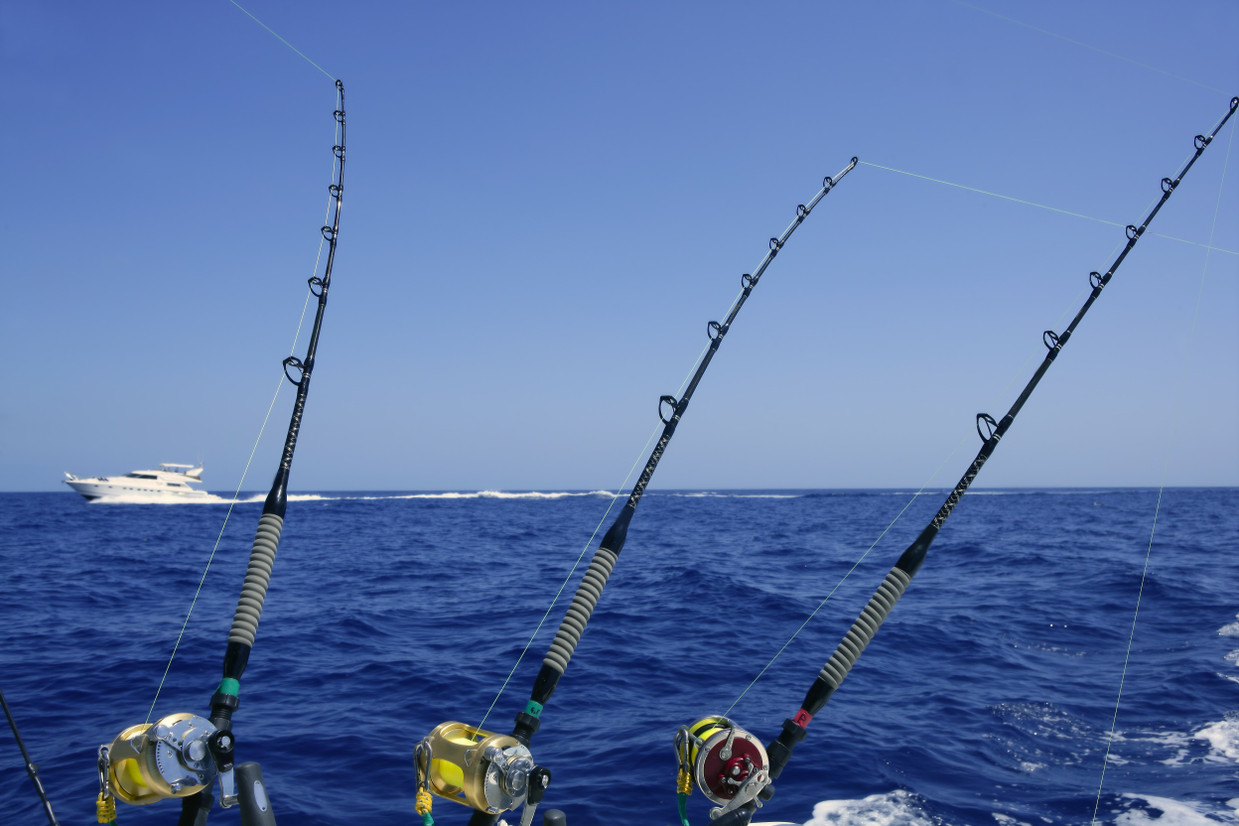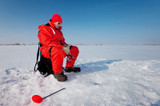Choosing Between a Freshwater and a Saltwater Trolling Motor
When gearing up for a day on the water, your choice between a saltwater vs. freshwater trolling motor can influence the outcome of your fishing expedition. However, this decision isn’t just about picking a device with all the features. You need to find a motor that meets your preferred fishing environment’s specific conditions and challenges.
Knowing the differences between freshwater and saltwater trolling motors is essential for anyone cruising on peaceful lakes or rough seas. This understanding will help you pick a suitable trolling motor and improve your chances of success.
Explore the features, advantages, and factors when choosing freshwater and saltwater trolling motors.
Choosing a Motor for Freshwater Fishing
Freshwater trolling motors typically feature lightweight materials such as aluminum or composite. Manufacturers choose these materials because freshwater is less damaging than saltwater, allowing for a design that prioritizes efficiency and durability.
When choosing a freshwater trolling motor, consider several key details, such as:
- Thrust power. Measured in pounds, thrust power determines the motor’s ability to propel your boat through various water conditions. Your boat’s size, weight, and the anticipated water currents at your fishing locations can help you determine how much thrust your trolling motor needs.
For example, smaller boats might only require 30-40 pounds of thrust, whereas larger vessels may need upwards of 70 pounds. - Battery compatibility. Check that the trolling motor and the boat battery are compatible by looking at the voltage requirements, capacity, and expected runtime. Due to their longevity and performance, deep-cycle marine batteries are often recommended for freshwater trolling motors.
- Control mechanisms. Evaluate the motor’s control mechanisms, including speed settings, steering options, and additional features like GPS integration or wireless remote control. User-friendly controls like foot pedals or remote devices improve your fishing experience by offering intuitive operation and precise maneuverability in tight spaces or challenging conditions.
- Shaft length. Shaft length is another critical consideration, determining how deep the trolling motor sits in the water. Choose an adequate shaft length by ensuring that the shaft will be at least 12” below the waterline when mounted to your boat.
This helps maintain optimal performance and balance, especially in windy conditions or when navigating vegetation-rich areas requiring deeper submersion.
Saltwater Trolling Motors: What You Need to Know
Saltwater environments are more corrosive to trolling motor components, requiring specialized materials and construction to withstand these challenging conditions. Saltwater trolling motors are constructed with materials like stainless steel and feature protective coatings to combat saltwater’s damaging effects.
When selecting a saltwater trolling motor, several important factors should be taken into account, including:
- Corrosion resistance. Look for motors equipped with stainless steel hardware, sacrificial anodes, and coatings, like anodized aluminum or epoxy-based paints or seals, to ensure longevity and maximum performance in saltwater conditions.
- Location tracking and anchoring. Due to stronger currents and high winds, saltwater fishing locations are often challenging to navigate. Opting for a trolling motor with GPS spot tracking and digital anchoring features allows you to find the ideal fishing location and stay there without manually powering or steering the motor.
- Power and efficiency. Assess the motor’s power ratings, efficiency, and energy consumption to determine its suitability for your saltwater fishing needs. Choose a motor featuring variable speed control, efficient power utilization, and sufficient thrust to navigate varying saltwater conditions effectively.
Freshwater vs. Saltwater Trolling Motors: A Comparison
Understanding their key differences can help you find the best model when deciding between freshwater and saltwater trolling motors. Some important elements you need to compare include:
| Feature | Freshwater Trolling Motors | Saltwater Trolling Motors |
|---|---|---|
| Construction | Use aluminum and zinc alloys for lightweight design and moderate corrosion resistance. | Incorporate stainless steel and specialized coatings for high corrosion resistance against saltwater. |
| Performance | Simpler design for calm waters; adequate speed control and maneuverability. | Advanced features for challenging conditions; multiple speed settings, precise steering, and superior GPS. |
| Maintenance and Durability | Low maintenance, periodic checks, and basic upkeep. | High maintenance due to harsh conditions; Require routine inspections, corrosion prevention, and checking protective coatings. |
| Cost | More budget-friendly due to simpler construction and materials. | Higher cost due to specialized construction, powerful motors, and advanced features. |
Best Freshwater and Saltwater Trolling Motors in the Market
At FISH307, we offer an extensive selection of freshwater and saltwater trolling motors from industry-leading brands like MotorGuide and Minn Kota. Some of our popular models include:
Freshwater Selection

-
MotorGuide Xi3-55FW. Designed for convenience, the Xi3-55FW boasts wireless control right out of the box. Its quiet operation, quieter than competitors by up to 40%, ensures a serene fishing experience. Additionally, the SecureStep system simplifies stowing and deploying, making it a user-friendly choice.

-
MotorGuide Xi3-70FW. Building upon the foundation of its predecessor, this bow mount Xi3 variant amplifies thrust while retaining wireless control and quiet operation. The SecureStep system remains a highlight, offering anglers a seamless boating experience from start to finish.

- Minn Kota Powerdrive. Minn Kota Powerdrive integrates innovative GPS technology, enabling precise boat positioning and control. Its Deploy-Assist Lever facilitates easy transitions in and out of the water, while the Digital Maximizer™ ensures optimal battery usage for extended fishing sessions.
Saltwater Selection

- MotorGuide Xi3-70SW: Specifically engineered for saltwater conditions, this Xi3 model boasts wireless control and unmatched quietness. The SecureStep system ensures effortless stowing and deploying, while visual and audible cues enhance operational safety.

- MotorGuide X3-55SW. Known for its durability, the X3-55SW excels in saltwater settings. Its aircraft-grade aluminum mounting bracket provides stability, while the Variable Ratio Steering (VRS) technology enhances maneuverability, making it a preferred choice among saltwater enthusiasts.

- Minn Kota Riptide T/112. This transom mount motor is tailor-made for the rigors of saltwater fishing. Its corrosion-resistant design and features like the Weedless Wedge 2 propeller and Sacrificial Anode ensure longevity and optimal performance in challenging saltwater conditions.
Which is Better? Freshwater or Saltwater Trolling Motors
Choosing between a saltwater vs. freshwater trolling motor depends on your fishing location and needs. Opt for freshwater motors for a simple, cost-effective solution in calm lakes and rivers. For the more challenging conditions of saltwater fishing, a durable saltwater motor with advanced features is ideal.
At FISH307, we can assist you in making the best choice for your fishing journey, whether experienced or a beginner. Explore our collection now and find the perfect trolling motor for your next adventure!
Recent Posts
-
Ice Fishing Safety 101: What Every Angler Needs To Know
Ice fishing offers a unique thrill, but safety should always come first. Knowing the basics of ic
-
Ice Fishing Season Prep: Your Essential Pre-Ice Checklist
When the lakes start freezing, it’s time to swap your boat for an ice auger. But before you hit the





